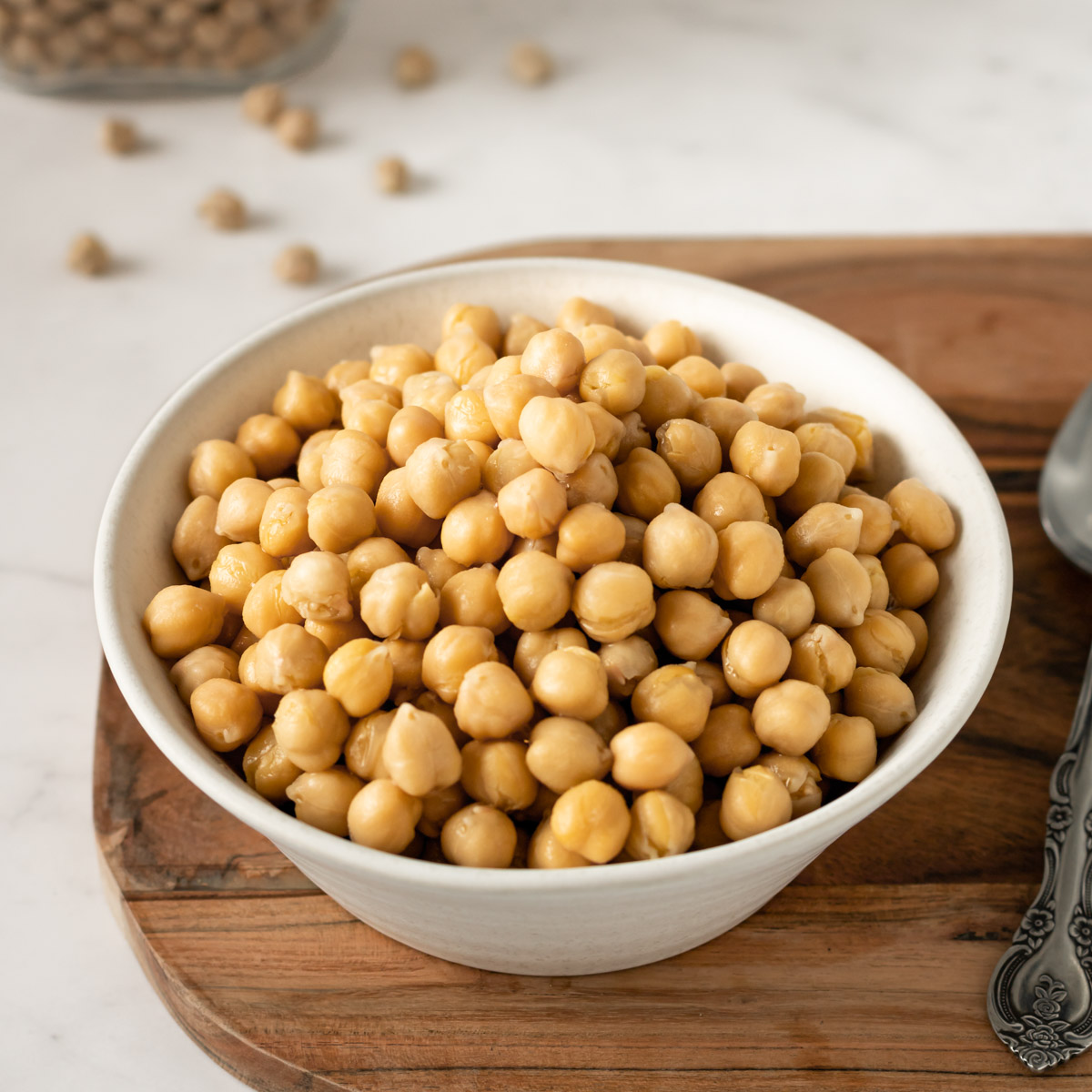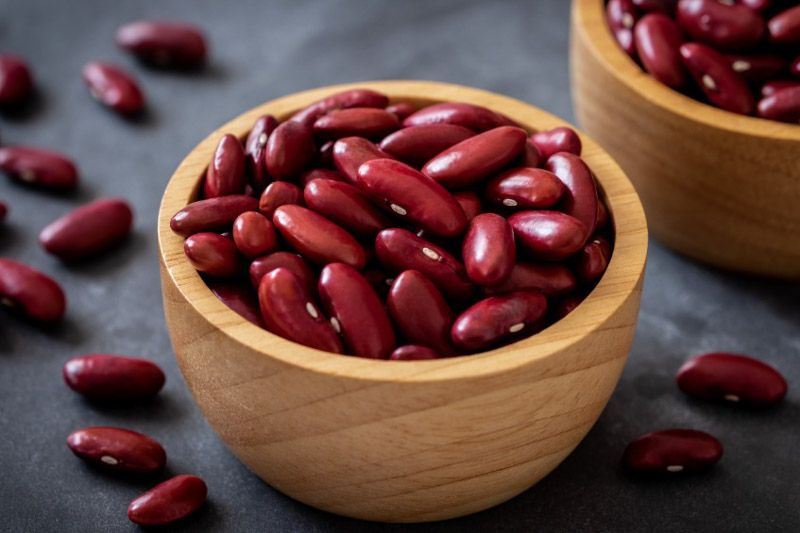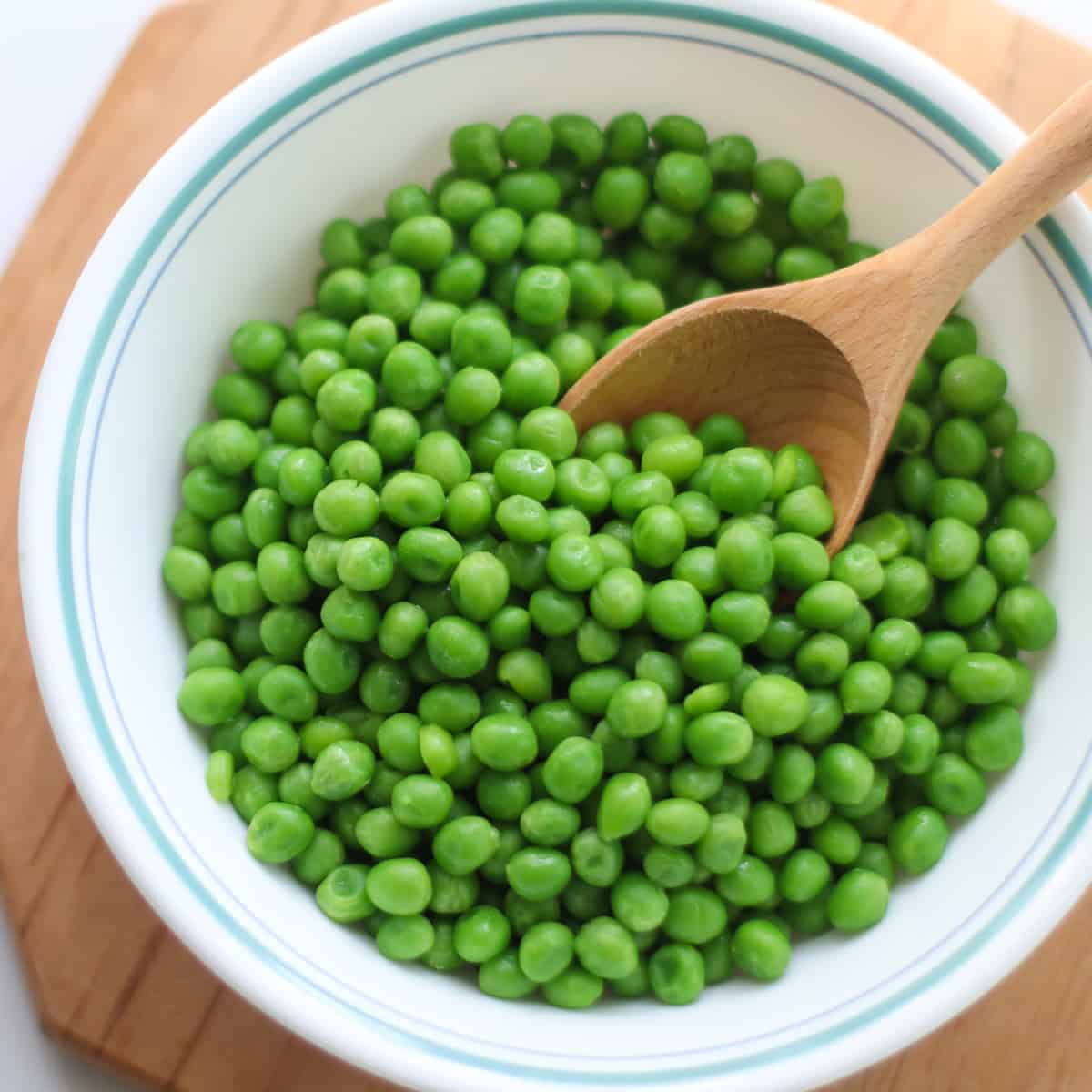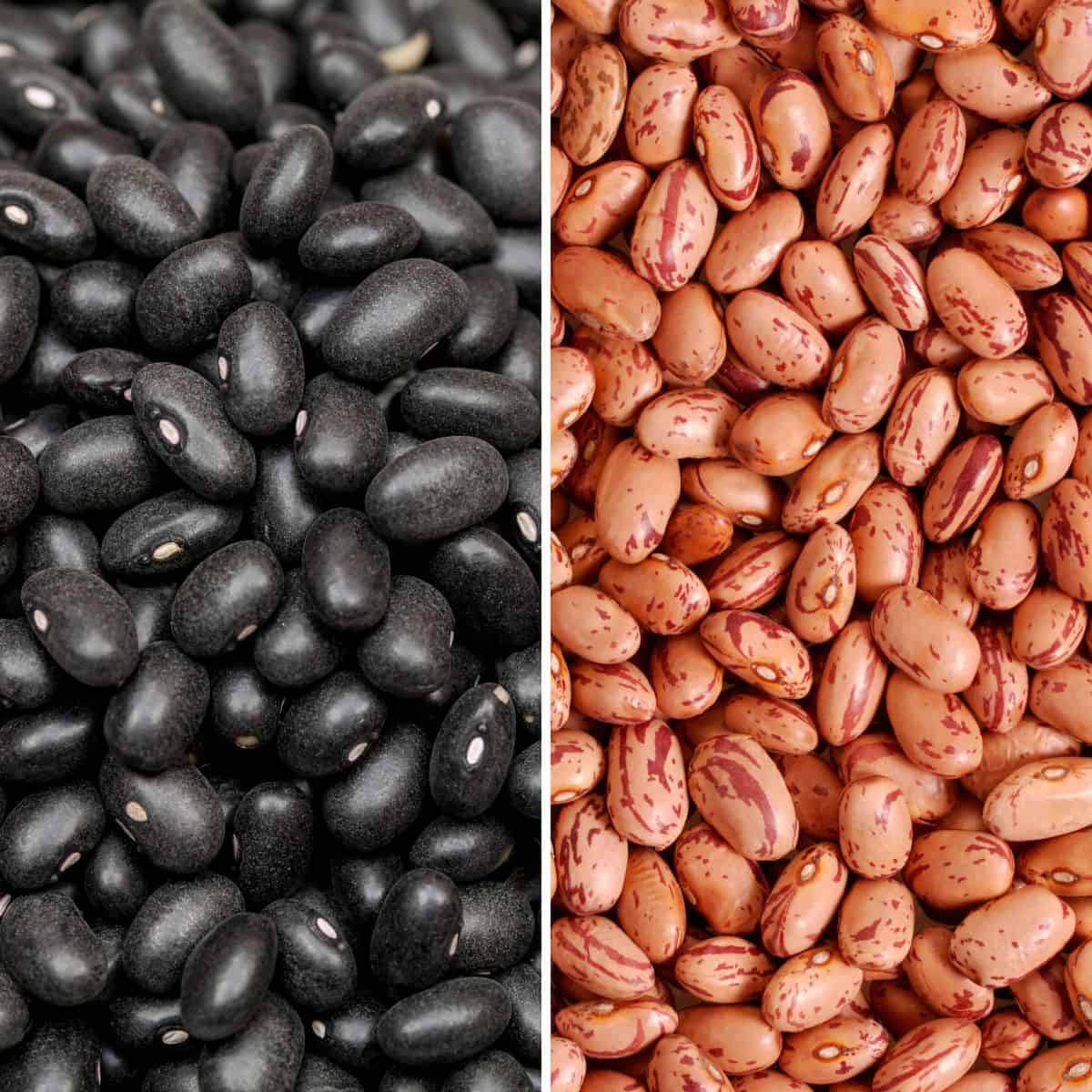Legumes – Meaning, Types, 10 Examples and Importance of Legumes
Table of Contents
We consume legumes without fully understanding their significance. Our familiarity lies in their pleasant taste. This article aims to elucidate the complete essence of legumes, encompassing their definition, importance, types, and illustrative examples. Keep reading to enhance your knowledge about the nature of legumes.
What Are Legumes?
The term “legume” is a general term encompassing the edible seeds of plants belonging to the Fabaceae or Leguminosae family, which are enclosed in pods. The edibility of the pod varies depending on the specific legume. This category comprises a wide range of well-known vegetables like peas and beans, providing an excellent source of plant-based protein.
According to medical professionals from WebMD, legumes contain resistant starch that aids in blood sugar regulation and beneficial antioxidants known as polyphenols, which combat diseases and promote health.
Types of Legumes
Below are the types of legumes
1. Caesalpinioideae
The subfamily Caesalpinioideae is often known as the peacock flower subfamily. Numerous species in this subfamily are cultivated as ornamental trees due to their visually appealing blossoms.
2. Mimosoideae
These plants are characterized by compact size, individual flowers rather than clustered arrangements, and distinctively coloured stamens.
3. Faboideae
This subfamily represents the largest group of legumes and is commonly associated with the term “legumes” in people’s minds. One notable characteristic of the members of this subfamily is their floral morphology, known as “papilionoid” or butterfly-like, which consists of two wing petals, two keel petals, and one standard petal.
Legumes Examples
The following are examples of legume
1. Peanuts
Peanuts belong to the legume family and offer notable health benefits. They are rich in more than 30 essential vitamins and minerals, providing an impressive seven grams of protein per serving.
Regular consumption of peanuts can reduce cholesterol levels and the risk of heart disease. Roasted and salted peanuts make for a delightful snack option, and they can also enhance the flavours of various cooked dishes.
2. Chickpeas
Whether you refer to them as chickpeas or garbanzo beans, these luscious and starchy legumes are packed with protein and dietary fibre. Their mild buttery taste profile blends harmoniously with various ingredients and spices, adding richness to stews and salads. Incorporating chickpeas into your meals ensures a satisfying and nourishing dining experience.
3. Kidney Beans
Kidney beans, aptly named for their resemblance to the kidney organ, possess a gentle and slightly sweet flavour and a robust texture that withstands lengthy cooking durations in dishes like soups and stews. These beans exhibit exceptional versatility as they readily absorb the flavours of accompanying ingredients.
Regarding nutritional value, kidney beans are a great source of vitamins, minerals, antioxidants, and dietary fibre. They offer an impressive 15 grams of protein per cup, making them an excellent choice for enhancing meal protein content.
4. Green Peas
Green peas offer a delightful taste characterized by sweetness, freshness, and vibrant greenness. They can be incorporated into various dishes such as pasta, rice pilaf, spring pea soup, or even added to a refreshing Panzanella salad.
Green peas present numerous compelling reasons to include them in your diet. They are rich in antioxidants, packed with essential nutrients like vitamins A, C, and E, and have the added advantage of being low in calories.
5. Lima Beans
Lima beans, also known as butter beans, possess a gentle and creamy texture with a flat, slightly curved appearance. Like other beans, lima beans are abundant in protein, providing a substantial 15 grams per cup. Additionally, they are nutrient-dense, offering a range of essential nutrients.
6. Soybeans
Soybeans are packed with protein-rich fibre, which provides easily digestible energy. While they are commonly used to produce soymilk and tofu, these versatile beans can be lightly roasted for a satisfying snack or incorporated into curries and stews. In such dishes, soybeans contribute a creamy texture while absorbing the flavours of the surrounding ingredients.
7. Lentils
Lentils come in various colours, including red, green, brown, black, and French Puy and each variety possesses distinct textures and specific cooking needs. However, all these different types share an impressive nutritional composition.
Lentils are an excellent source of essential B vitamins, iron, magnesium, potassium, and folate. Additionally, these legumes are renowned for their high fibre content, making them an excellent choice for maintaining regular digestion.
8. Pinto Beans
Frequently encountered in Mexican and Tex-Mex cuisine, these beans, free of cholesterol and rich in protein, offer a substantial amount of fibre and folate. This combination of nutritional attributes contributes to digestive and heart health, making them a beneficial addition to one’s diet.
9. White Beans
Cannellini beans, Great Northern beans, and Navy beans are the prevalent varieties of white beans. Being the largest, Cannellini beans maintain their shape while cooking to a tender consistency. Great Northern beans, medium-sized, possess firmer flesh. On the other hand, Navy beans are small in size, quick to cook and yield an exceptionally creamy texture. These distinctions hold significance when selecting the most suitable type of white bean for a specific recipe.
10. Fava Beans
Fava beans, a delightful springtime delicacy, offer a sweet and tender taste that pairs wonderfully with bruschetta, pasta, salads, and practically any other dish during their season. These beans are delicious and packed with fibre, potassium, and protein, adding to their nutritional value.
Importance of Legumes
Legumes play a dual role as a food source and a contributor to crop rotation. Within the root nodules of legumes, nitrogen-fixing endosymbionts convert atmospheric nitrogen into various nitrogen-containing compounds that the plants can readily utilize. While many organisms cannot directly access atmospheric nitrogen, they obtain the nitrogen they need from nitrogenous compounds in the environment.
In contrast, specific bacteria and archaea can directly utilize atmospheric nitrogen. One example is Rhizobium, which converts atmospheric nitrogen into usable nitrogen-containing compounds and supplies them directly to the roots of legumes. As a result, incorporating legumes into crop rotations has become a common agricultural practice to enrich the soil with various nutrients, including nitrogenous compounds.
Certain legumes hold significance in various industries. For instance, the Acacia tree is valued for its gums, which find applications in different industrial sectors. Additionally, the Phaseolus plant produces phytohaemagglutinin (lectins) extracted for their agglutination effects on erythrocytes and leukocytes and their mitogenic properties.





:max_bytes(150000):strip_icc()/Lima-Beans-GettyImages-92385531-59c14d28af5d3a0010abf682.jpg)




